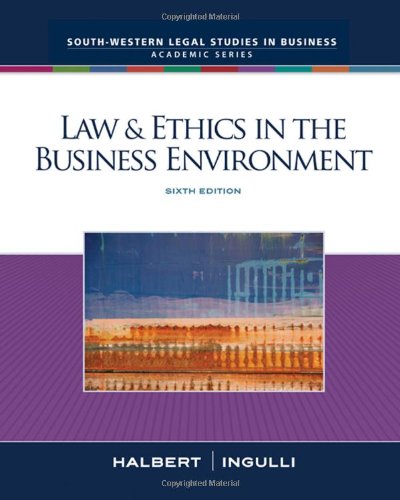In a sense, the judges ruling here is in sync with the no duty to rescue rule
Question:
In a sense, the judge’s ruling here is in sync with the “no duty to rescue” rule discussed in Chapter 1.
Which exception to the rule did the plaintiffs hope to use?
The collapse of the World Trade Center towers on [September 11, 2001] generated a cloud of debris that coated the surrounding buildings and streets of Lower Manhattan with concrete dust, asbestos, lead, and other building materials. Fires within the wreckage burned for months, emitting various metals and particulate matter in addition to such potentially harmful substances as dioxin, polychlorinated biphenyls (PCBs), volatile organic compounds and polycyclic aromatic hydrocarbons.
The plaintiffs arrived at the site on September 11 or in the days soon after: John Lombardi is a … medic; Roberto Ramos, Jr. is an Emergency Services Officer in the New York City Corrections Department; Hasan A. Muhammad is an Emergency Services Captain … ;
Rafael A. Garcia is a Deputy U.S. Marshal; and Thomas E. Carlstrom is a paramedic.… They participated in search, rescue, and clean–up work at the site, with little or no equipment to protect their lungs. They were not told by their employers or any government official about the health risks posed by the dangerous contaminants in the air, and they thought they could work at the site with little or no respiratory protection based on the information available to them, including statements of government officials indicating that Lower Manhattan‘s air quality presented no significant health risks to the public.
… A September 13, 2001, EPA press release, [i] indicated that initial environmental tests done at the site after the terrorist attacks were “very reassuring about potential exposure of rescue crews and the public to environmental contaminants”; [ii] concluded that the results of “[a]dditional sampling of both ambient air quality and dust particles … in lower Manhattan … were uniformly acceptable”; and [iii] expressed the EPA‘s intent to work with other agencies and rescue workers to provide respiratory equipment and to make sure they observed appropriate safety precautions—assistance that the plaintiffs allege (to their knowledge) never materialized.
Step by Step Answer:

Law And Ethics In The Business Environment
ISBN: 9780324657326
6th Edition
Authors: Terry Halbert , Elaine Ingulli





